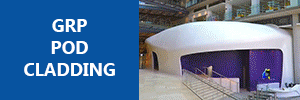The private building contractor was one of the first firms to adopt new site working practices in the early stages of coronavirus lockdown.
Nick Proverbs, senior operations manager, said the big project had now successfully adapted to ensure workers could observe social distancing measures.
The change has involved clearer planning of activity and in some instances moving work off-site to give workers more space.
Now Willmott Dixon also holds virtual site tours for its client.
“When guidance by Construction Leadership Council was released, our first action was to review what roles could be performed from home, which led to our design and commercial teams relocating to their homes,” said Proverbs.
“This helped free up space in our site cabins to implement social distancing measures, placing each desk station more than 2m apart at any one point.
“Our supply chain partners also implemented the same process in their site cabins to reduce the number of people to just key roles.”
Site team re-configured operations to ensure social distancing site lay-out.
Willmott Dixon looked at where bottlenecks were likely to be, such as staircases and routes in and out of the site.
To combat this, it created a series of one-way systems, allowing site operatives to keep their distance and avoid oncoming people.
To give site operatives greater space to take their breaks in, Willmott Dixon hired a 190 sq m marquee, erected on one of the University car parks.
Temporary canteen allows social distancing at breaks
In other areas, Willmott Dixon created rotas and removed seats to prevent overcrowding.
The firm has also appointed a site attendant to monitor the drying room to ensure no more than two people use it at any one time.
Canteens, meeting rooms, desks, and all site entrances and exits were equipped with hand sanitisers.
Each morning, Willmott Dixon holds toolbox talks with staff and supply chain partners to communicate the latest guidance and working practices.
Meetings are held in open areas, allowing for the maintenance of the 2m rule.
Where roles can abide by social distancing work has continued. For roles such as installing plasterboard, where it is near-impossible to work safely while abiding by social distancing, work has stopped.
Proverbs said that if anyone shows symptoms of the coronavirus or needs to self-isolate, they are empowered to do so and it is critical they abide by this directive.
Willmott Dixon has finished constructing the concrete frame and is currently building the atrium roof, external windows and cladding, as well as internal stud partitioning and mechanical and electrical installations.
“Most of the work has been able to continue and abide by social distancing,” said proverbs.
“In some instances, such as some of the joinery in the atrium, work has been moved to take place offsite to enable more space for site operatives to work.”
He added that the supply of materials had become more challenging after some builders’ merchants closed, although many are now reopening.
He said: “We have also experienced materials we have ordered being diverted to the NHS; this is completely understandable at a time of crisis.”
To plan works, Willmott Dixon is using Spannureva, an application based sticky note planning system.
This allows it to collaboratively plan anywhere, maintaining social distancing on-site while allowing those working from home to participate.
All supply chain and design partners have access to the plan, which allows for discussions around planned activity.
“Through implementing this process, we are seeing an increase of 25% in our planned activity complete measures,” said Proverbs.
Keeping the customer abreast of progress and challenges remains critical.
At the start of each week, there is an internal operations COVID-19 virtual meeting to review overall progress, current works, any challenges the team are facing and what it means to the project.
Each Wednesday Willmott Dixon holds a virtual guided site tour for the client using a GoPro.
The video is then uploaded to Microsoft Teams, allowing the customer to see the latest developments, pause and ask questions.
Site tours are now done online





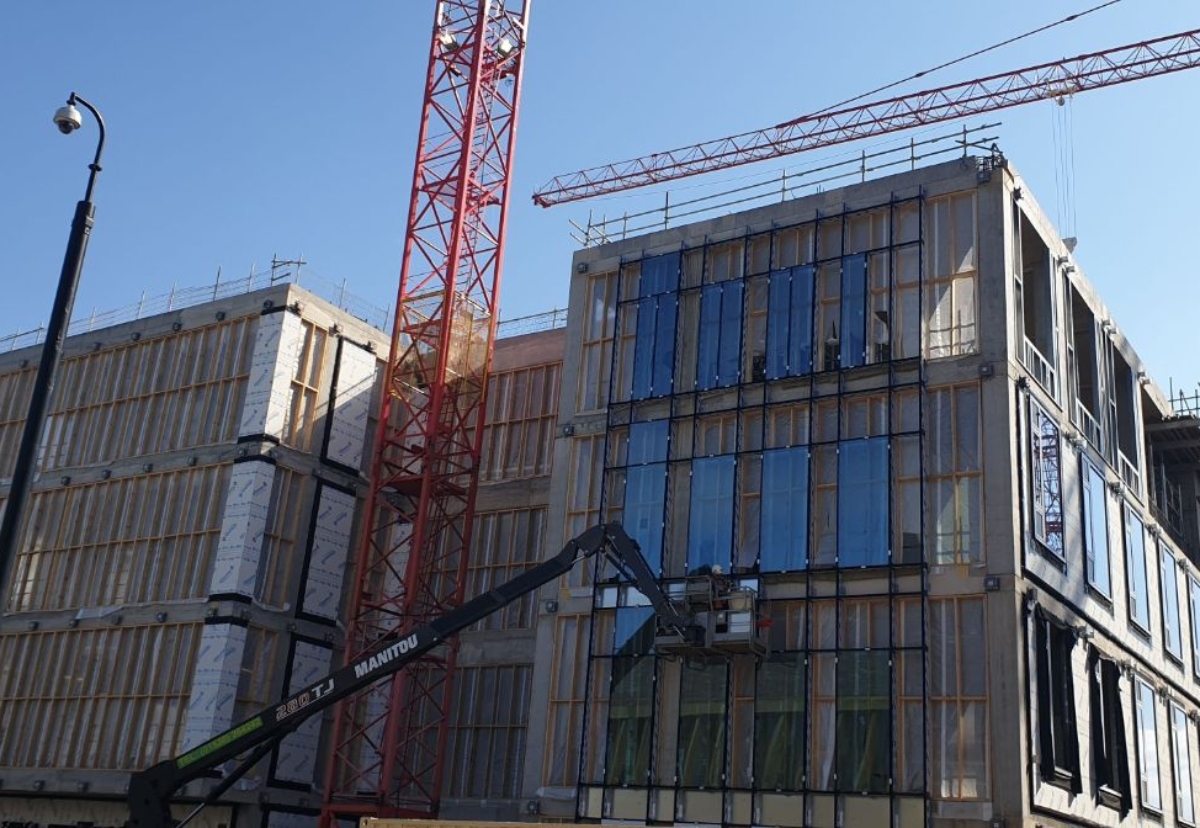
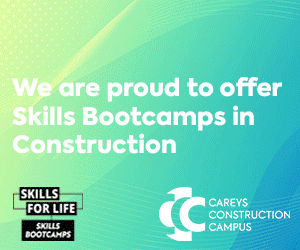












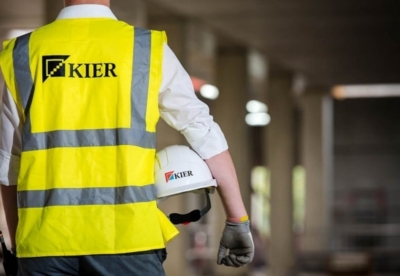






















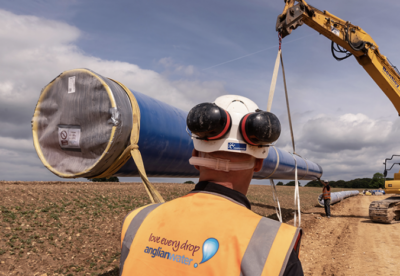



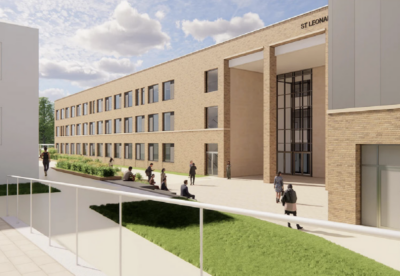




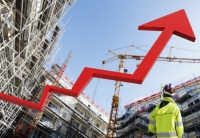
.gif)

